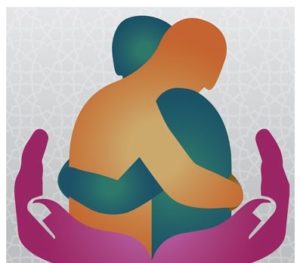There’s no skill more underrated than that of being able to work with difficult people, particularly when it comes to qualitative research.
Years ago, when I worked in CPG brand management, I witnessed this exchange between a brand manager, whom I’ll call Bill, and the SVP who ran our division —let’s call him John:
Bill: “We need a different R&D manager assigned to our brand.”
John: “What’s the problem with Jakub?”
Bill: “He’s just really difficult to work with.”
John: “How well does he do his job?”
Bill: “Fine. His technical skills are excellent. But we can’t stand the guy.”
John: “I just want to be sure I understand exactly what’s going on here; is Jakub doing anything inappropriate? I mean, should HR be involved in this conversation?”
Bill: “No, nothing like that, he’s just really disagreeable. Every conversation with him has a way of turning into an argument.”
John: “Then, no. Sorry. Jakub’s your R&D guy, and it’s your job to work with him. The fact that you personally dislike him doesn’t matter to me, and shouldn’t matter to you either. Get past that and do your job.”
Bill: Grumble, grumble, grumble.
I remember this exchange as clearly as if it had just happened because this experience made a huge impression on me. I resolved – at that moment – that I would strive to work with anybody, no matter how difficult they were.
It would be great if we liked everybody we worked with, but that’s not how things generally go. Some people we encounter are very different from us, and it’s hard to find common ground. Some are just grouchy and unhappy. Some might suffer from a challenge like anxiety or depression or be on the autism spectrum. Regardless of the root cause, we don’t always get to choose the people we encounter professionally—and we have to work with them regardless of whether we like them or not.
This is certainly true for qualitative researchers. The research participants with whom we interact are not always pleasant. I’ve particularly noticed this when conducting healthcare research among patients—people who suffer from chronic, debilitating conditions can (understandably) be grumpy. But it’s my job to talk to them no matter what, and I have to meet them where they are. And I’ve always been wary of recruiting participants who are especially cooperative and communicative, as that carries the risk of skewing the findings in unpredictable ways.
But, if you merely grit your teeth and endure working with difficult people, you’re missing out on the larger opportunity. You must embrace and relish the challenge. The ability to work with anybody is an invaluable skill, and a key factor to success. In the course of my career, some of the most competent and gifted people I’ve encountered have also been some of the most contentious. The fact that I managed to work with them enabled me to achieve results that otherwise might have been unattainable.
So here’s my philosophy on this issue in a nutshell.
-
Seek out the exasperating people. They might be the ones who have exceptional skills, extraordinary knowledge and an inspiring level of passion for what they do. They may enable you to do things you didn’t think possible. Make them your secret weapon.
-
People you don’t mesh with might have a very different outlook on life and the world. This difference in perspectives is part of that thing we call diversity, and diversity is a key to success.
-
Approach these individuals from a place of compassion, remembering that adage attributed to Ian Maclaren: “be kind, for everyone you meet is fighting a battle you know nothing about.”
-
Learn to love people for their idiosyncrasies, not despite them.





